Exhibition
Kaleidoscope: Children of the Cold War
We have collaborated with the Tampere based Finnish Labour Museum Werstas and Tampere University‘s teacher education students on the Kaleidoscope: Children of the Cold War exhibition that brought together photos, artworks and objects, sights and sounds, feelings, and wonders of childhood collected in our ongoing Recollect/Reconnect project. The exhibition provided historical insights – with contemporary relevance – into the diverse spaces and times of childhood under socialist regimes in Europe and beyond. This exhibition invited visitors to approach childhood, memories, and remembering as a collective exercise in examining and creating connections across past and present geopolitical dividing lines.



About
The Cold War heated up shortly after the end of the Second World War. The two main adversaries, the United States, and the Soviet Union, competed for world domination in the arms race, the conquest of space, sports, and the arts. The ideological divide between nations and worldviews ran deep. The Iron Curtain divided Europe into East and West. The leading superpowers also fought to expand their sphere of influence in South America and South-East Asia. The Cold War spread everywhere.
The Cold War ended with the dissolution of the Soviet Union in 1991, but the divisions it created are still evident. The former state socialist countries were expected to fully adopt to the capitalist economy and political ideals. Historically, both capitalist and socialist ideologies maintained the image of new tomorrows and endless development – which was also reflected in the lives of children. Although faith in continued economic growth remains strong, Millennials (i.e., those born between the early 1980s and the late 1990s) are the first generation whose prospects are more uncertain than those of their predecessors. Environmental problems, economic and political polarisation and other challenges are creating pressure for Millennials and the generations that follow.
Childhood memories help to understand the Cold War era and related phenomena. The memories displayed in this exhibition tell of everyday experiences to which visitors can easily relate. The exhibition is like a kaleidoscope of childhood memories, as they are constantly moving and forming new images and interpretations. By studying them, we can question our concept of the world and think about how different the present and future could be.
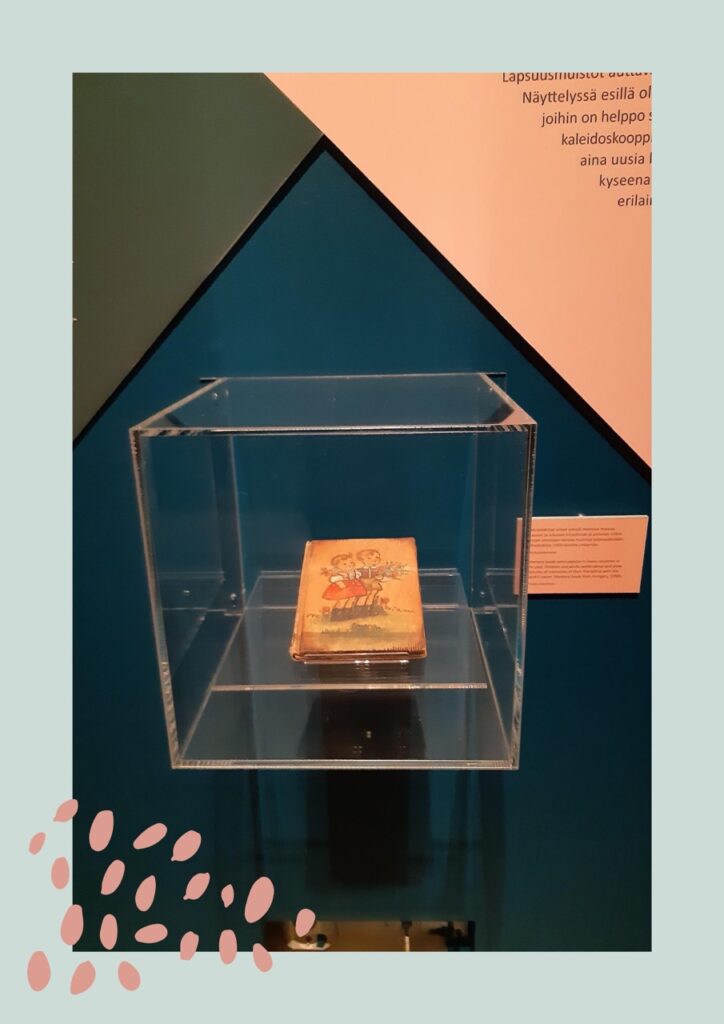
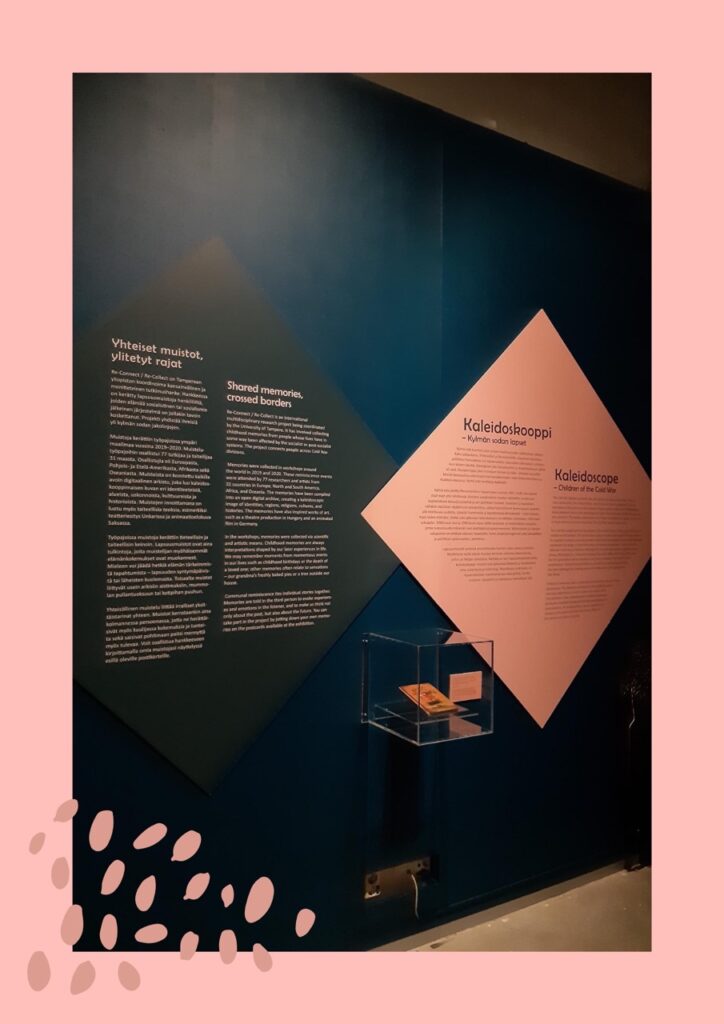
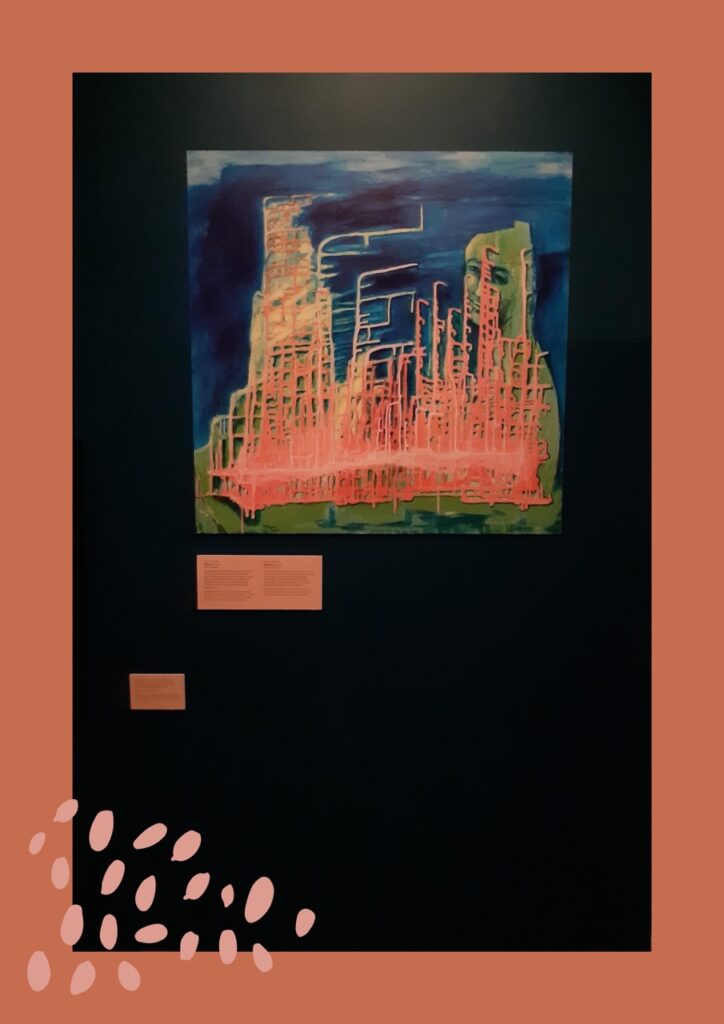
Shared memories, crossed borders
Re-Connect / Re-Collect is an international multidisciplinary research project being coordinated by the University of Tampere. It has involved collecting childhood memories from people whose lives have in some way been affected by the socialist or post-socialist systems. The project connects people across Cold War divisions.
Memories were collected in workshops around the world in 2019 and 2020. These reminiscence events were attended by 77 researchers and artists from 31 countries in Europe, North and South America, Africa, and Oceania. The memories have been compiled into an open digital archive, creating a kaleidoscopic image of identities, regions, religions, cultures, and histories. The memories have also inspired works of art, such as a theatre production in Hungary and an animated film in Germany.
In the workshops, memories were collected via scientific and artistic means. Childhood memories are always interpretations shaped by our later experiences in life. We may remember moments from momentous events in our lives such as childhood birthdays or the death of a loved one; other memories often relate to sensations – our grandma’s freshly baked pies or a tree outside our house.
Communal reminiscence ties individual stories together. Memories are told in the third person to evoke experiences and emotions in the listener, and to make us think not only about the past, but also about the future. You can take part in the project by jotting down your own memories on the postcards available at the exhibition.
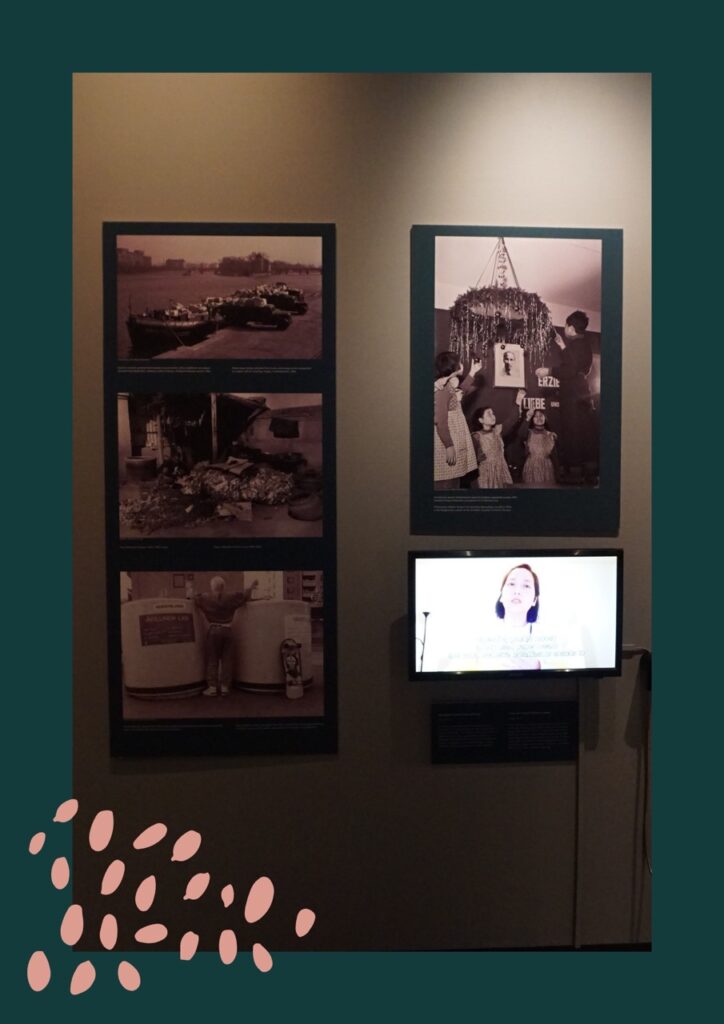
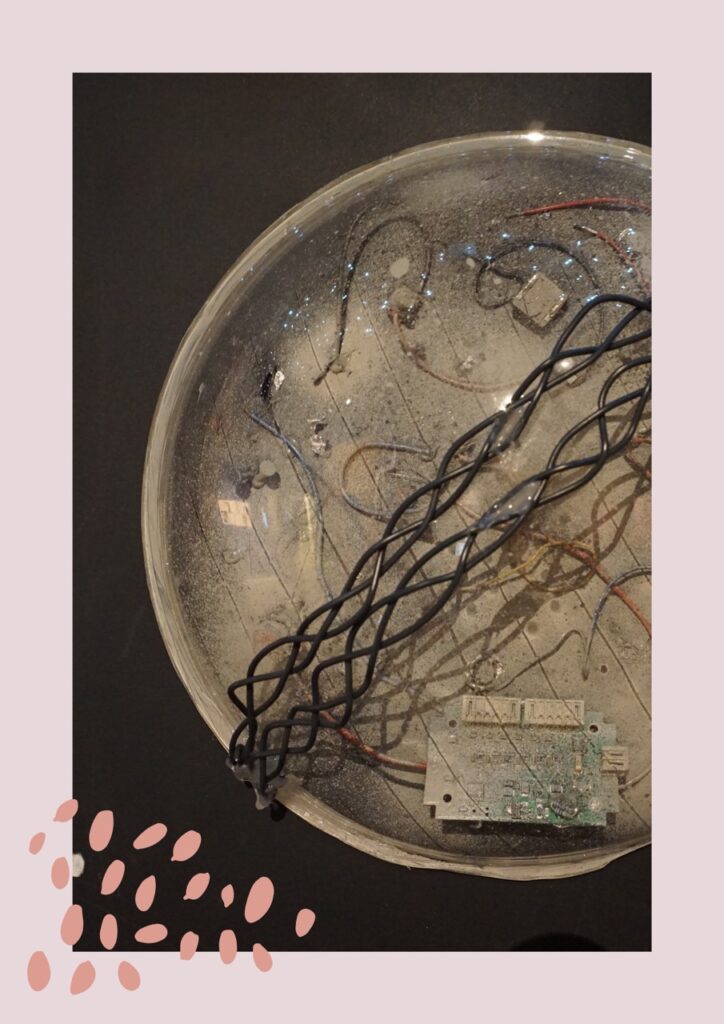
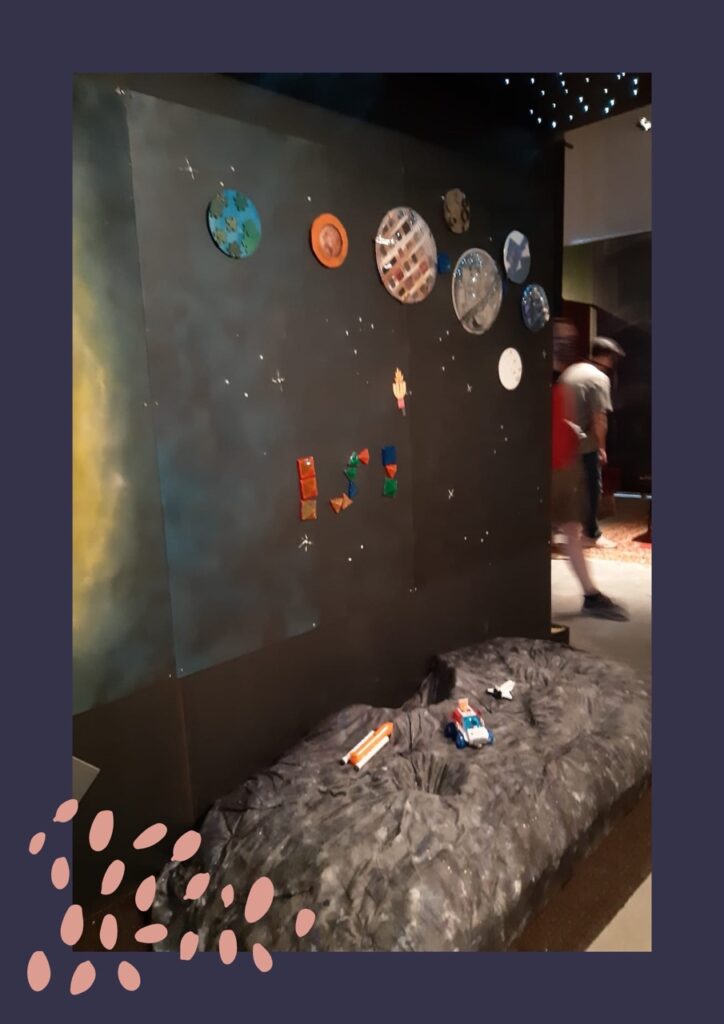
Objects evoke memories
Most events are quickly forgotten, but through objects, childhood memories can last a lifetime. Their colour, sound, smell and feel transport you to a different time and place. Past events and emotions flood back, and the person starts to remember. Familiar objects – toys, pictures, and items of clothing – help connect with the past.
Most events are quickly forgotten, but through objects, childhood memories can last a lifetime. Their colour, sound, smell and feel transport you to a different time and place. Past events and emotions flood back, and the person starts to remember. Familiar objects – toys, pictures, and items of clothing – help connect with the past.
Even if socialist objects now seem distant or even peculiar, the memories, images, and emotions they evoke can help viewers connect with other people and cultures. Memories can lead us to notice the differences in people’s everyday experiences, but also their many similarities.
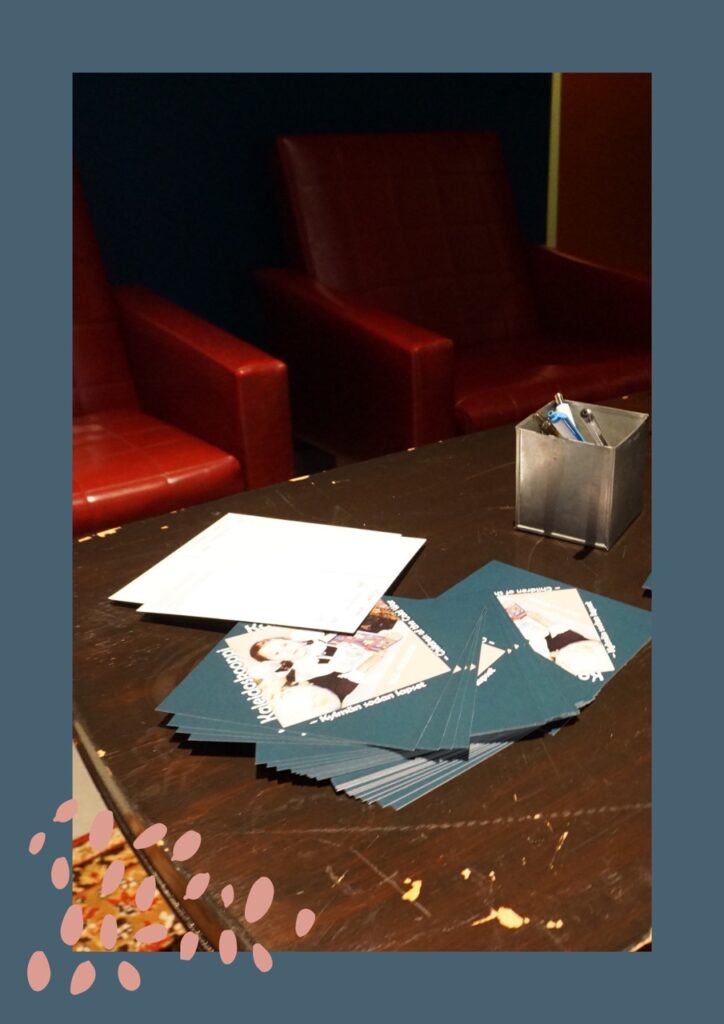
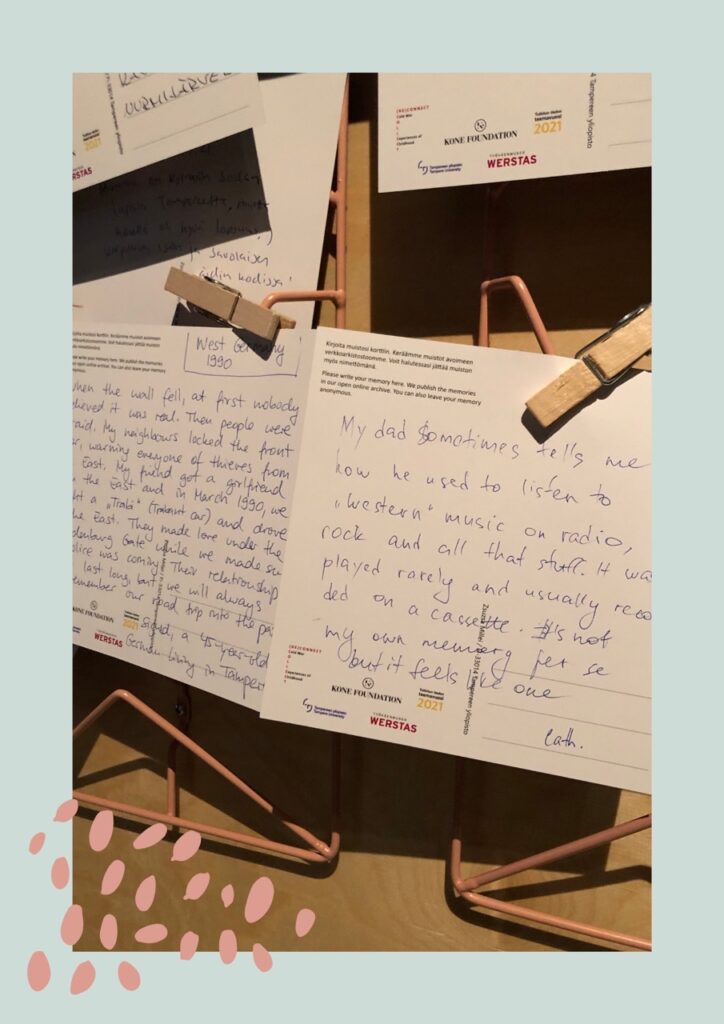
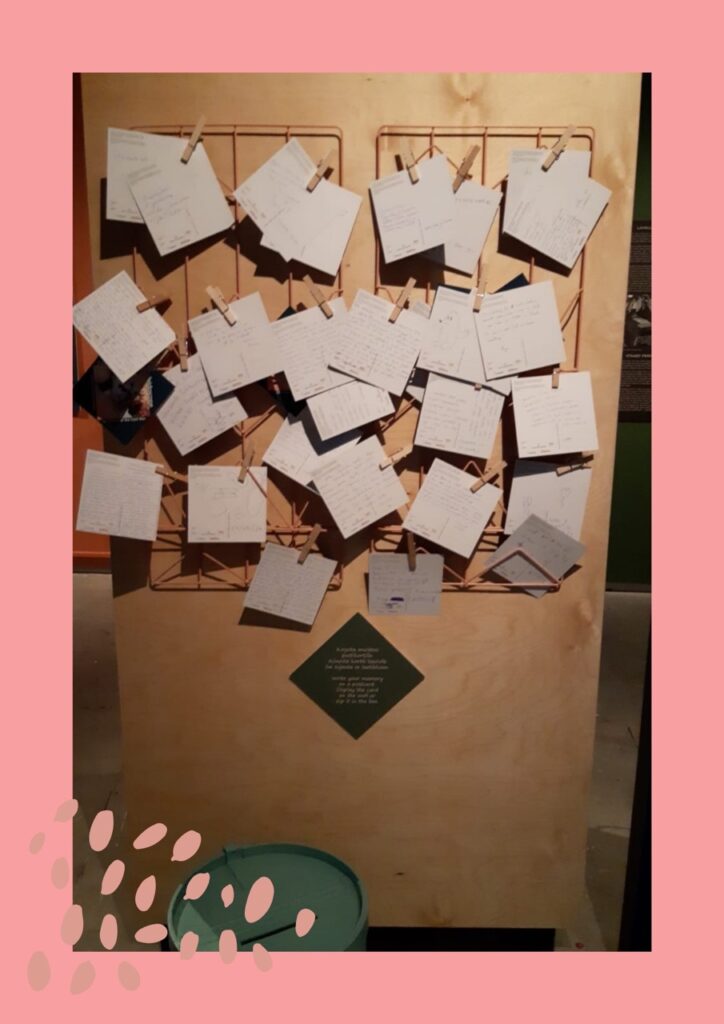
Memory Archive
Exhibition visitors had a chance to take part in the project by jotting down their own memories on the postcards available at the exhibition.
